Customer/Location: undisclosed
With the growing reliance on many different radio technologies, rail operators need a multi-technology radio planning tool to allow them to design and manage their radio communication networks. Many operators juggle both analogue and digital technologies to support operational and commercial services. Whether that’s running a train service, centralised traffic control for handling rolling stock and GSM-R for high-speed rail communications.
Full interoperability and harmonisation of telecommunications for railway operations is expected to open the way to global harmonisation. Europeans currently use GSM-R with GPRS (data), to migrate to ERTMS with GSM-R in the future. Beyond Europe, the use of GSM-R continues to grow with the migration to FRMCS from 2030 onwards.
HTZ supports all radio technologies ranging from 1kHz to 350 GHz and has been used extensively by rail operators around the world, enabling them to manage their radio spectrum and networks efficiently.
A key component to radio network planning is digital map data. Reliable geographical data is essential to create accurate radio frequency network plans. This data provides information about the land coverage, buildings and other relevant objects around the train line. HTZ accesses an extensive map data library with data sets from around the globe. These include a digital terrain model (DTM) which is a topographic model of the bare Earth with vegetation, buildings and other cultural features removed, leaving just the underlying terrain. Images and layers can then added to the DTM, including clutter data to classify surface features that impact radio wave propagation. These features are grouped into categories according to their physical and electrical properties. Finally, a building layer can be added which captures the attributes of buildings in 3D format. Map data can be supplied in various resolutions, with projections up to 1m.
HTZ features many rail specific functions. This allows vectors to be placed on the map to represent the railway infrastructure. This data is converted and imported into the software. Adding features like railway lines, rail infrastructures such as buildings, tunnels and other relevant information (i.e. railway cuttings, embankments and areas at risk of flood) can be easily imported at project start.
The detailed radio requirements and parameters of the planned network are then captured. This information can be added manually or as a batch import. It includes information such as radio station parameters, power of transmitters and antenna characteristics, all of which can be defined using easy import functions or drop-down windows.
HTZ contains an extensive library of propagation models for different environments, allowing the tool to characterise the impact of frequency, distance or other conditions on radio wave propagation. Depending on the choice of propagation model, the range of the chosen frequency can be assessed along the railway line, as well as for indoor propagation into buildings in the area. Radio signal attenuation can be modelled to take into account building materials and their impacts on radio signals. Attenuation is a reduction of signal strength during transmission, which affects radio signal performance. Modelling buildings, pedestrian subways, railway bridges and tunnels can improve the radio network performance along with the optimisation of leaky-feeder systems.
Radio network coverage can be calculated automatically based on a set of defined parameters. Consideration is given to critical and non-critical communications while adhering to safety regulations like the European Train Control System (ETCS) for signalling and control components of the European Rail Traffic Management System (ERTMS). Radio links can be analysed to predict their viability using a link-budget feature. A link budget takes account of all of the power gains and losses that a radio signal experiences, whether from a transmitter or other communication medium, like radio waves to the receiver.
Managing both intra-network interference or interference from neighbouring networks is an essential part of network planning. Once identified, interference can be reduced using different methods including changes to antenna height, antenna characteristics and radiated power. All of these characteristics can be adjusted automatically within HTZ. Once the network is planned, channel allocation can be fully automated to ensure the network meets capacity requirements. Traffic analysis can be managed to determine the required transmission rate (TRx).
Railway communication networks are regulated both nationally and internationally. They must comply with both national and international standards in terms of:
For more information about HTZ, contact your local office.



